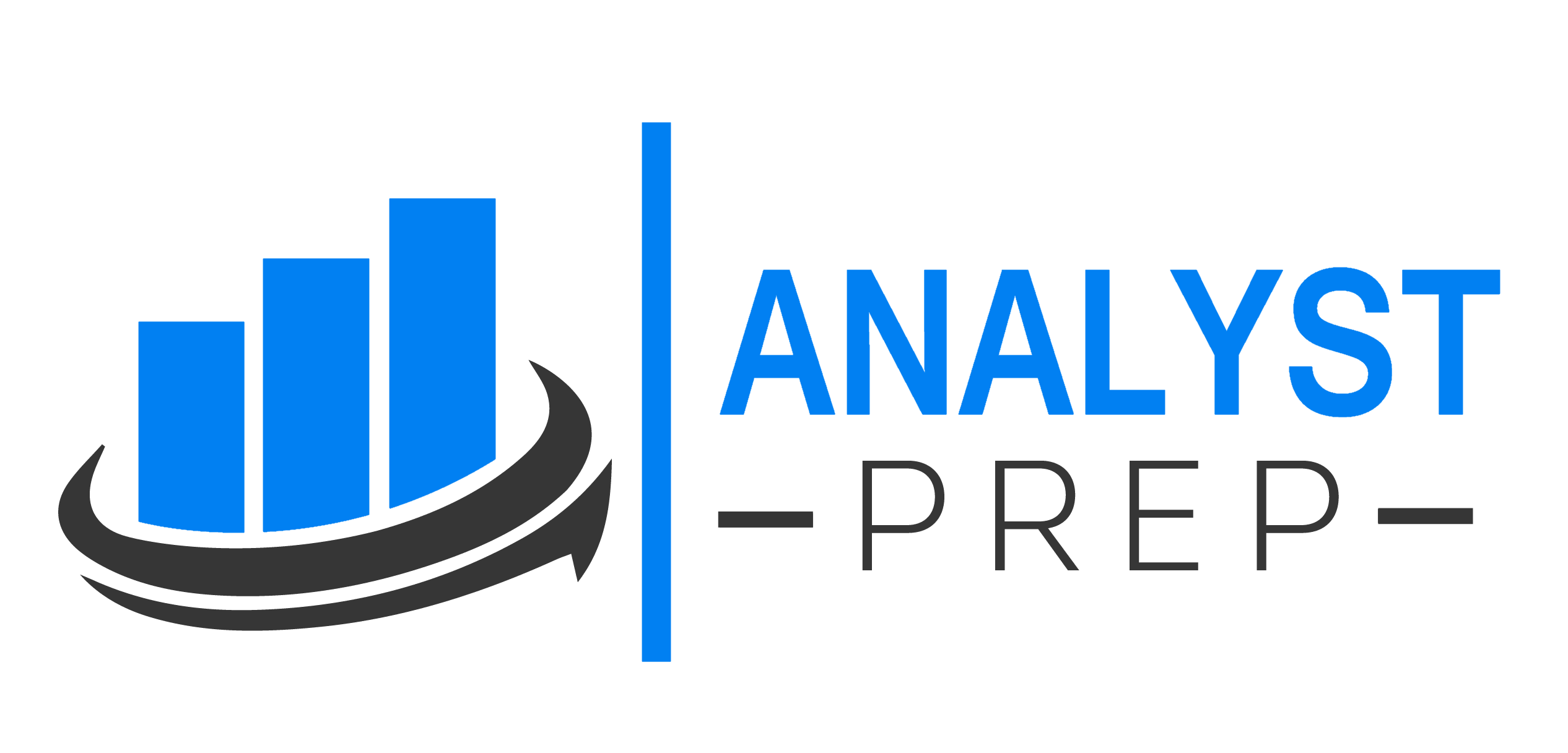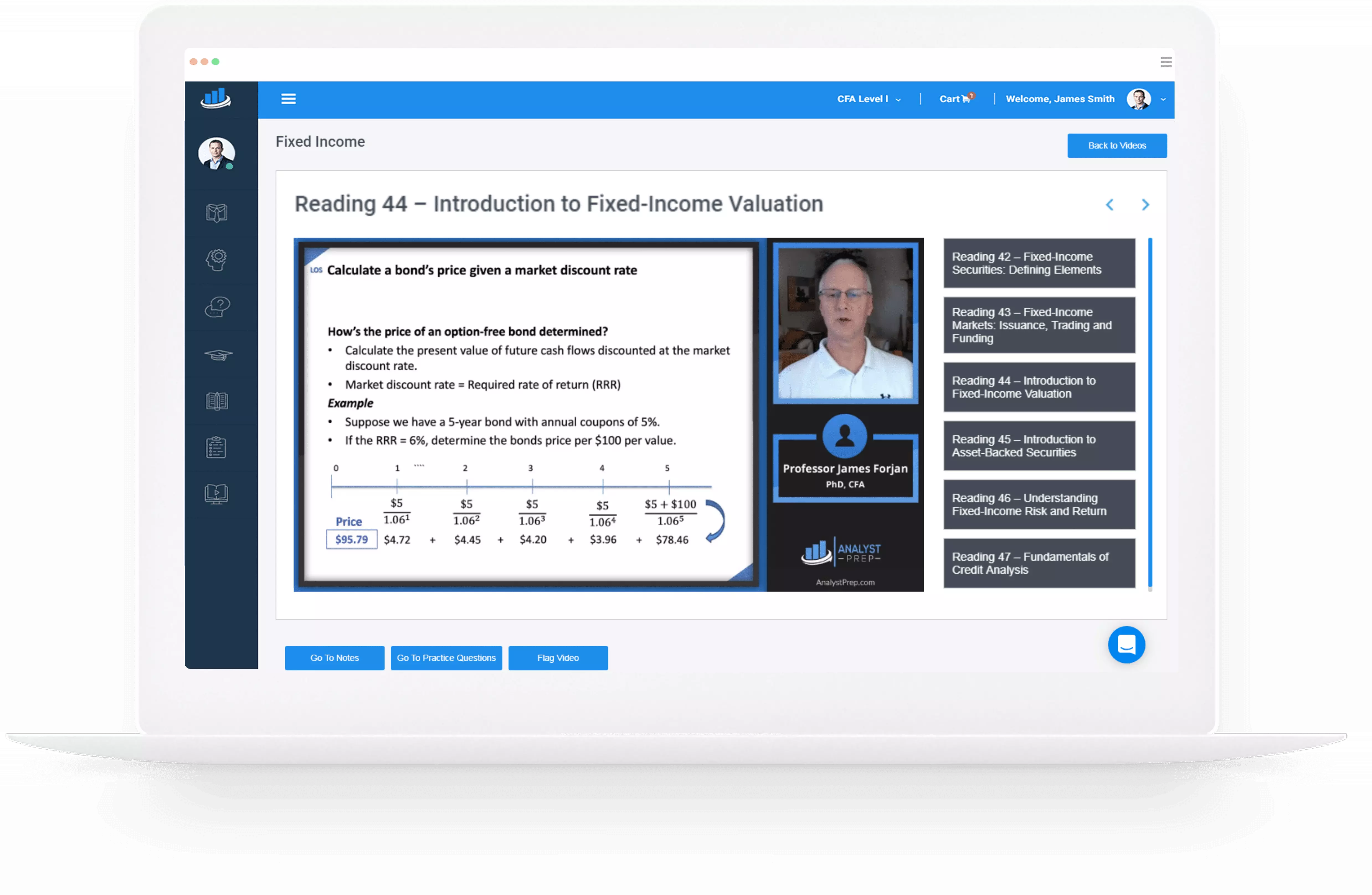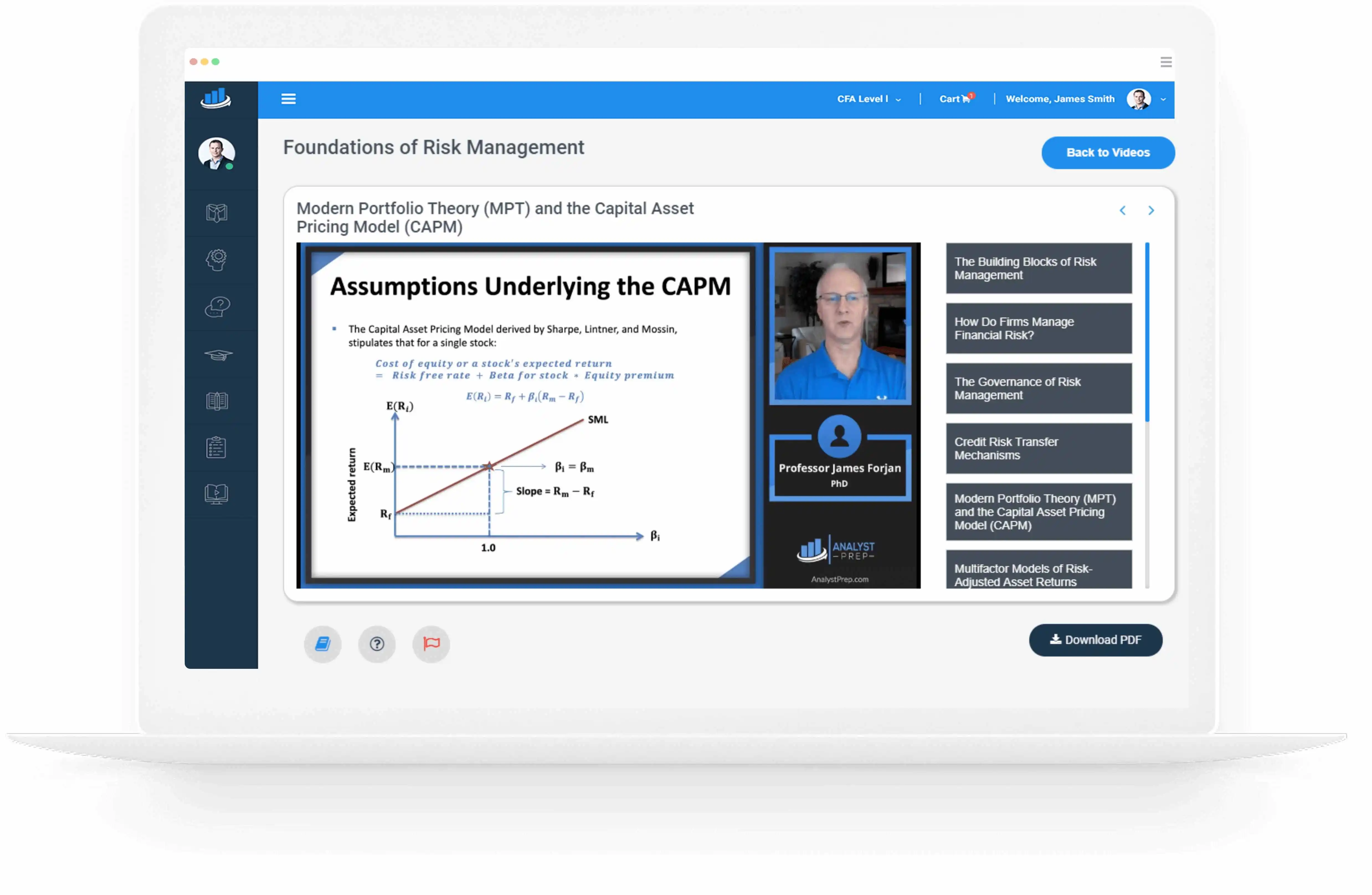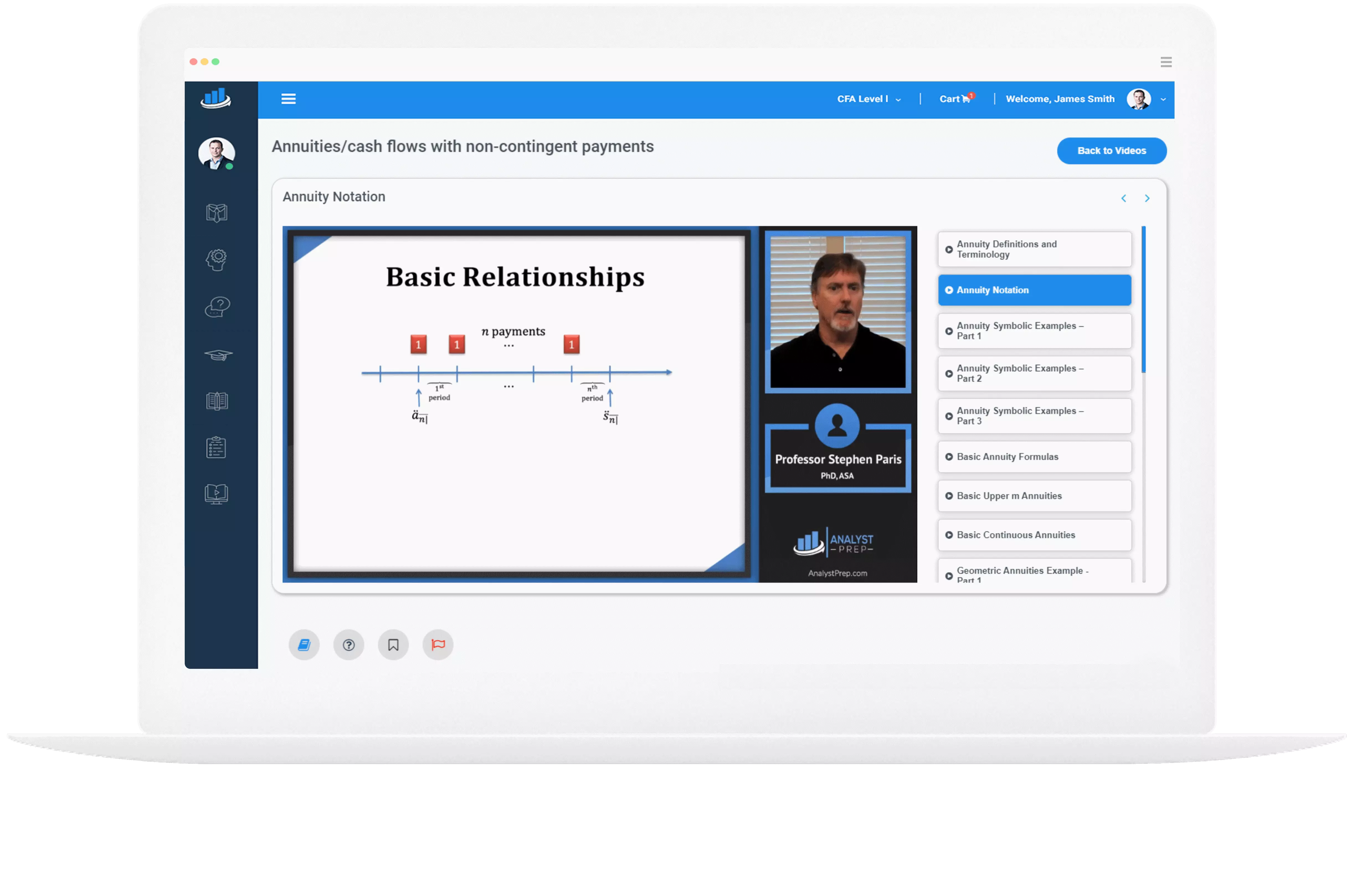The Marginal Cost of Capital
[vsw id=”I_SgGrDv1YM” source=”youtube” width=”611″ height=”344″ autoplay=”no”] The cost of capital should ideally reflect the riskiness of the future cash flows of a project. For an average-risk project, the opportunity cost of capital is the same as the weighted average cost…
Cost of Debt Capital
[vsw id=”I_SgGrDv1YM” source=”youtube” width=”611″ height=”344″ autoplay=”no”] The cost of debt is the cost of financing a debt whenever a company incurs a debt by either issuing a bond or taking a bank loan. Two methods for estimating the before-tax cost…
Noncallable, Nonconvertible Preferred Stock
[vsw id=”I_SgGrDv1YM” source=”youtube” width=”611″ height=”344″ autoplay=”no”] A preferred stock that does not give its holder the right to convert their preferred shares into a fixed number of common shares, usually after a predetermined date, is called a nonconvertible preferred stock….
Cost of Equity Capital
[vsw id=”I_SgGrDv1YM” source=”youtube” width=”611″ height=”344″ autoplay=”no”] A company can increase its common equity either by reinvesting its earnings or issuing new stock. The cost of equity will, therefore, be the rate of return that is required by its shareholders. Three…
Market Orders vs. Limit Orders
Market orders obtain the best price being offered in the market, so traders submitting marker orders are simply taking the market price. Limit orders will only buy below or sell above a given price. Suppose a trader’s limit order specifies…
Primary and Secondary Markets
[vsw id=”LFJYcV5EL-w” source=”youtube” width=”611″ height=”344″ autoplay=”no”] The sale of securities by the issuer to investors occurs in the primary markets, while the sale of securities between private investors occurs in the secondary markets. Primary Markets Initial public offerings (IPO) describe…
Quote-driven, Order-driven, and Brokered Markets
[vsw id=”LFJYcV5EL-w” source=”youtube” width=”611″ height=”344″ autoplay=”no”] Quote-Driven Markets/Over-the-Counter (OTC) Markets In quote-driven markets, customers trade at prices quoted by dealers that generally work for commercial banks, investment banks, broker-dealers, or trading houses. Most trades in these markets are conducted through…
Characteristics of a Well-functioning Financial System
[vsw id=”LFJYcV5EL-w” source=”youtube” width=”611″ height=”344″ autoplay=”no”] A well-functioning financial system has complete markets with effective financial intermediaries and financial instruments allowing: Investors to move money from the present to the future at a fair rate of return; Borrowers to easily…
Objectives of Market Regulation
[vsw id=”LFJYcV5EL-w” source=”youtube” width=”611″ height=”344″ autoplay=”no”] The objectives of market regulation are to control fraud, control agency problems, promote fairness, set mutually beneficial standards, prevent undercapitalized financial firms from making excessively risky investments, and ensure that long-term liabilities are funded….
Security Market Index
A security market index represents a given security market, market segment, or asset class, usually constructed as portfolios of marketable securities, known as constituent securities. Indexes help investors track performance and risk, benchmark active managers, and invest in broad markets…




